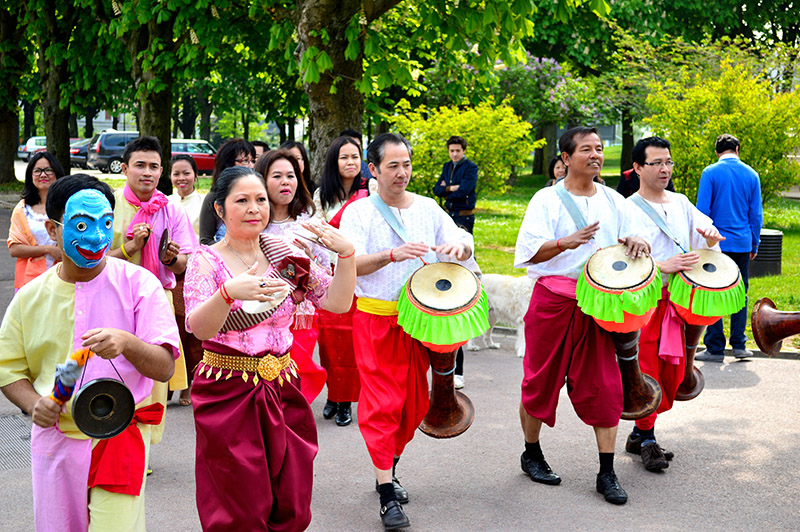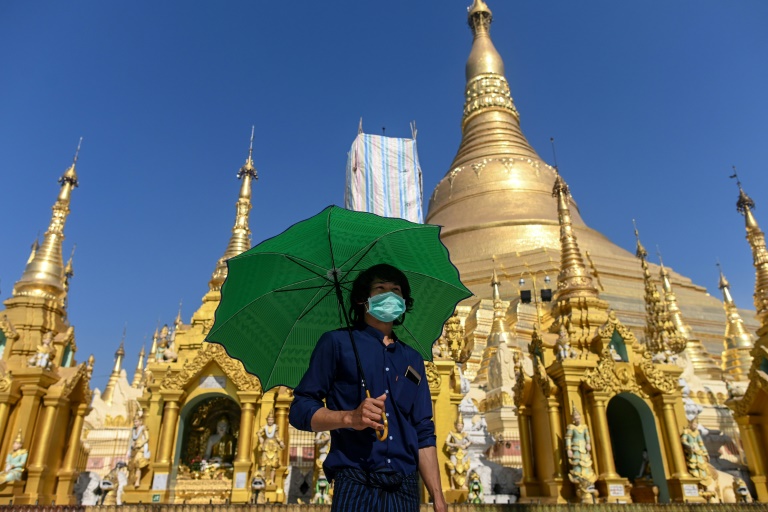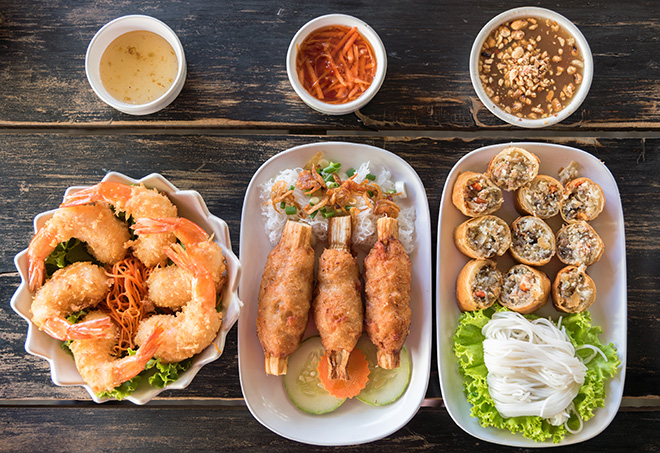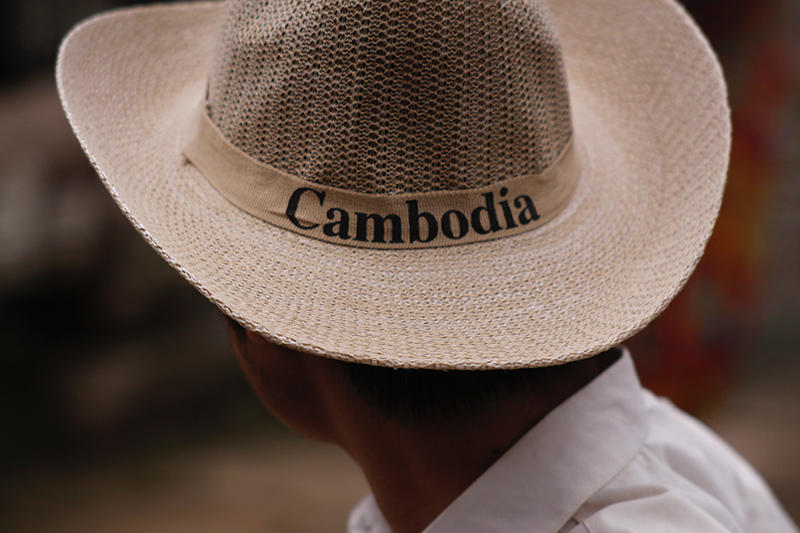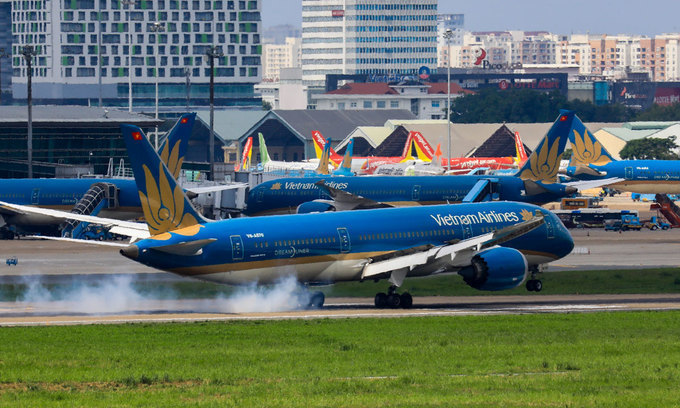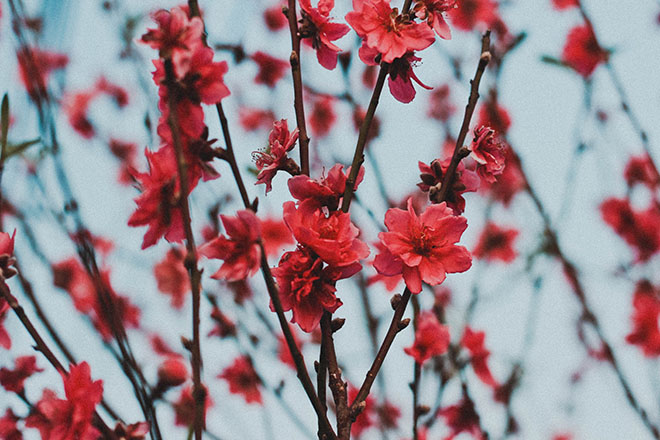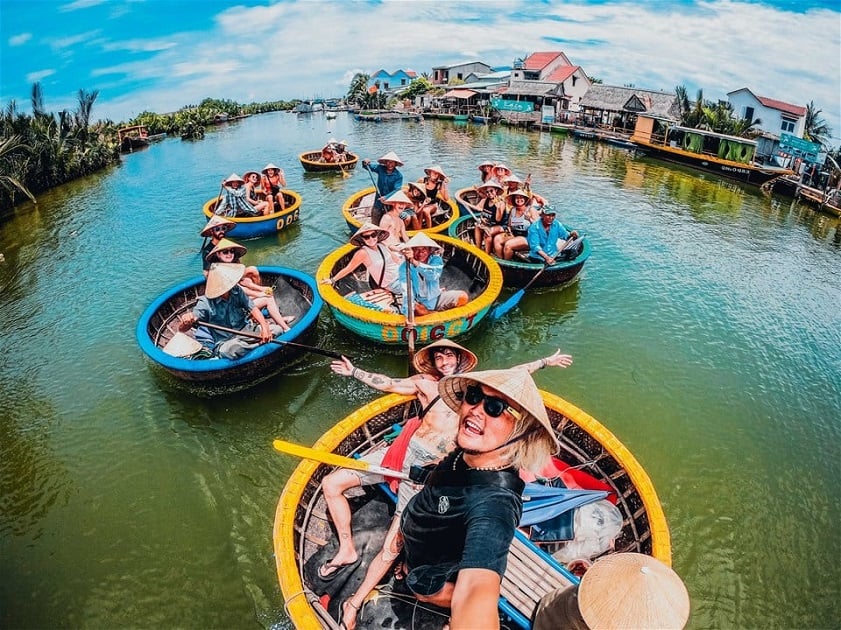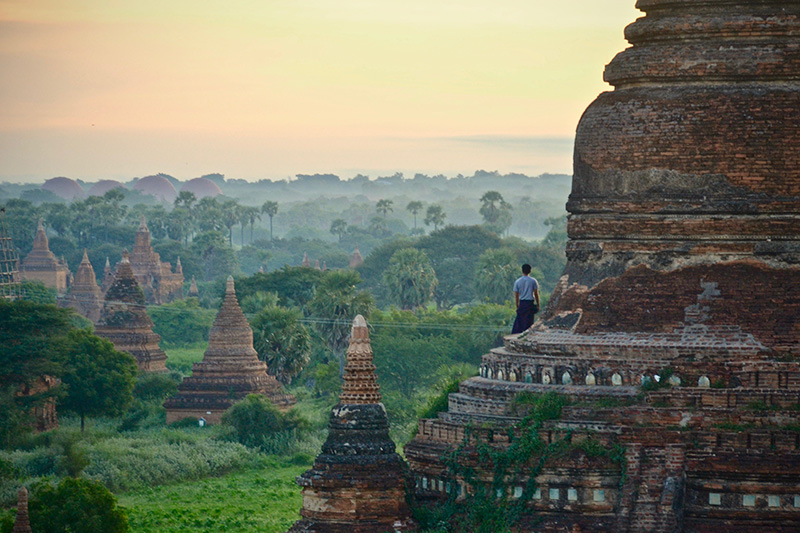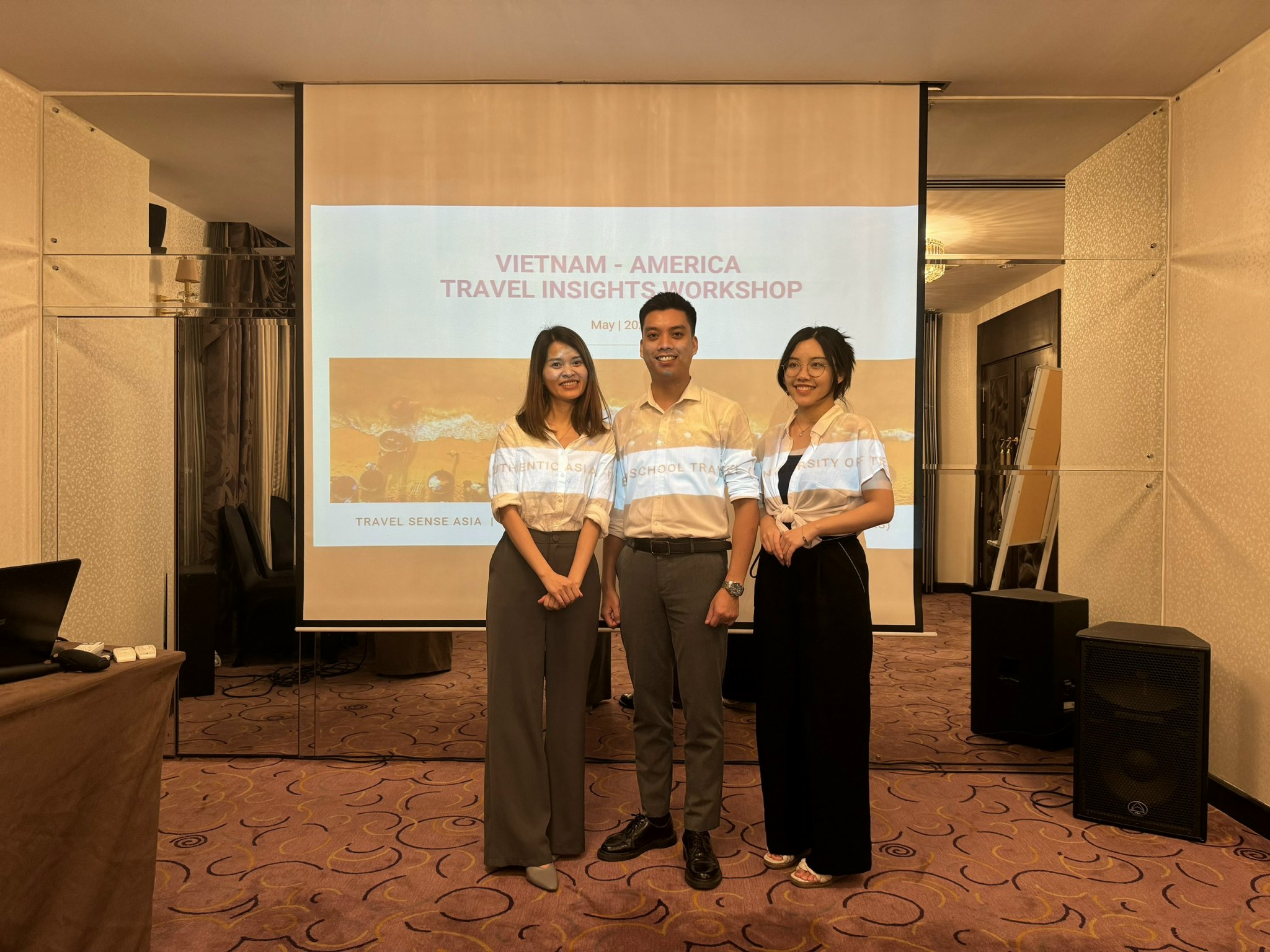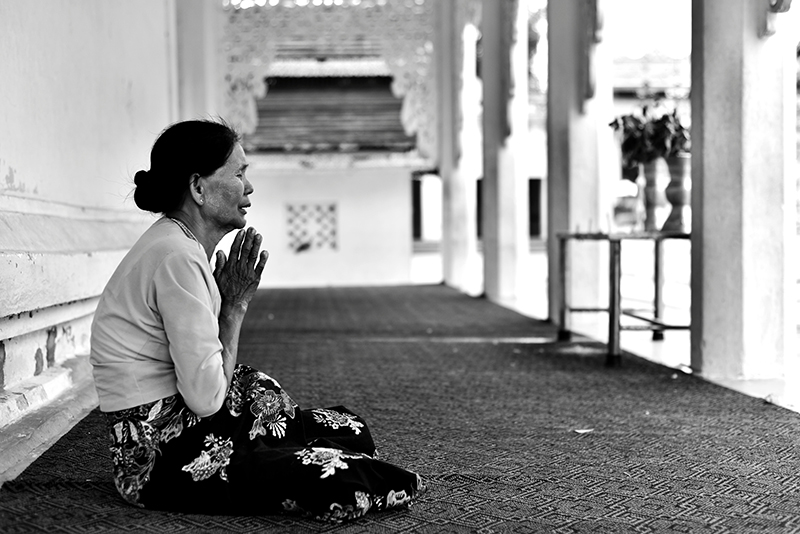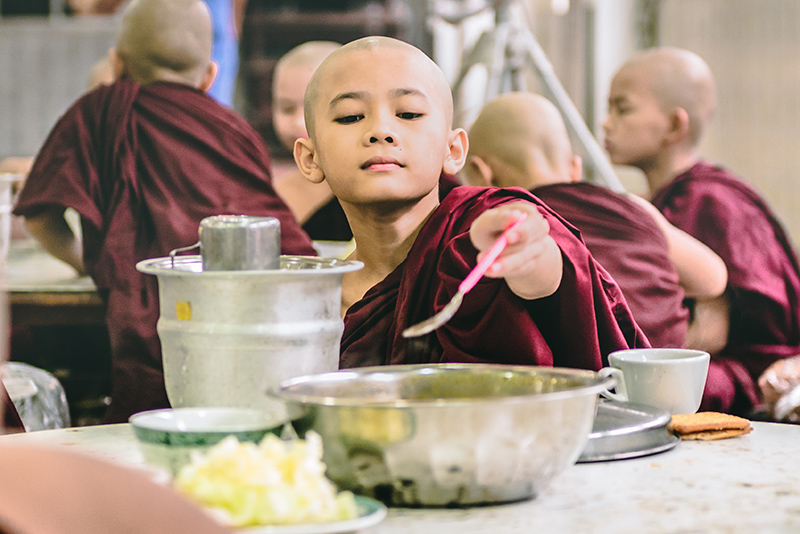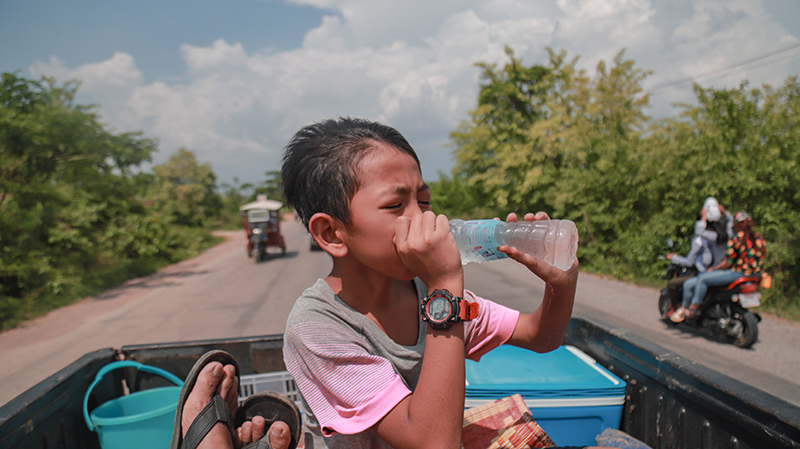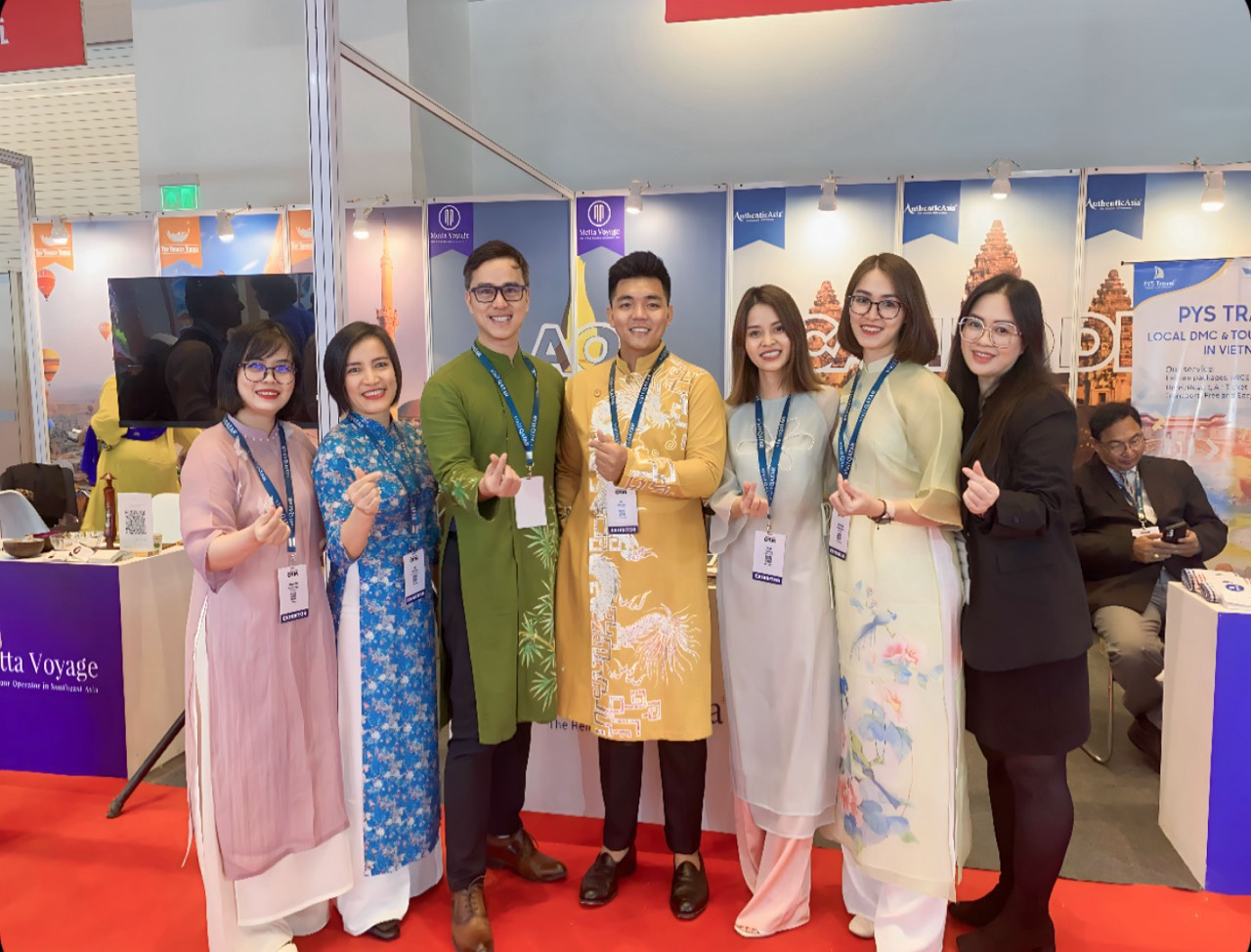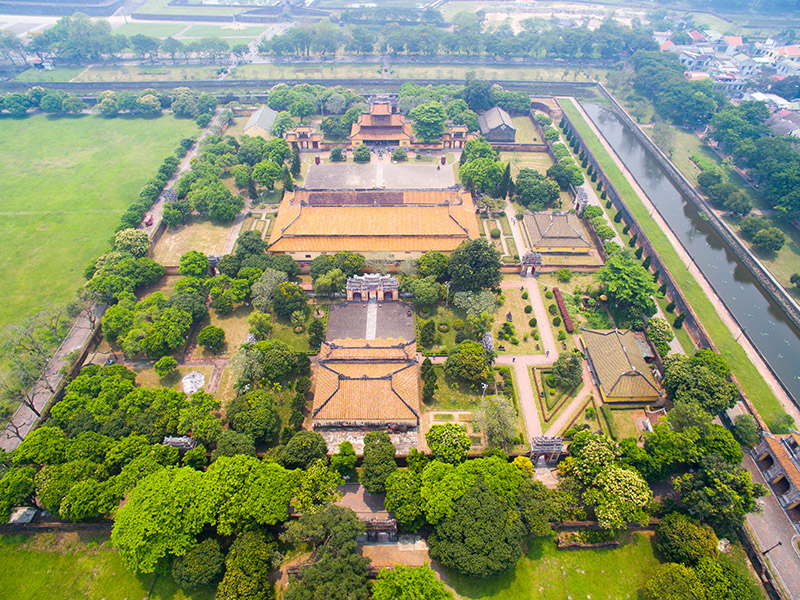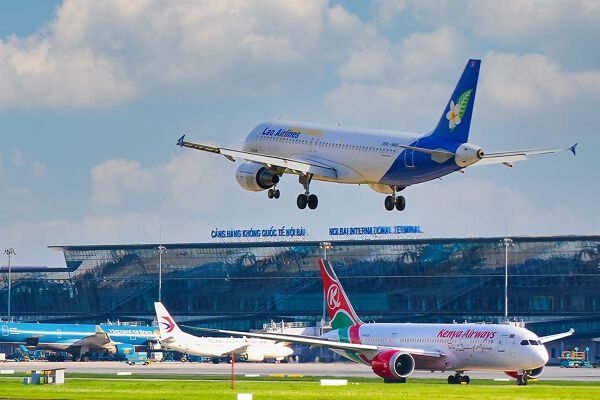
The Influence of Buddhism On Laos Culture
Thu, 08/13/2020 - 10:46
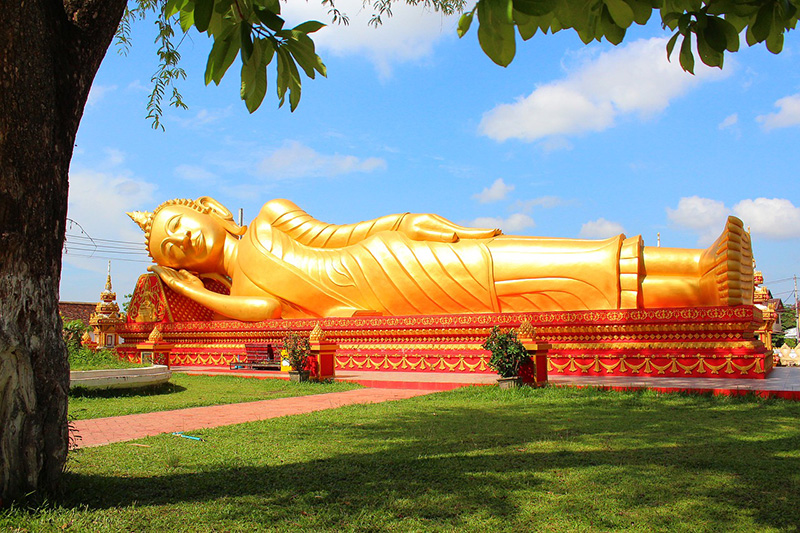
Coming to Laos - the land of Champa flowers, you can realize the clear imprints of Buddhist culture on the life of the people of the Lao tribes. Not only in the features of the ancient pagodas and in the yellow robes of monks on the way of practice, but Buddhism was present in every breath of daily life, becoming a indispensable part of all in the spiritual life of the people of Laos.
The origin and its development
Buddhism was introduced into Laos since when and by which way is currently no unified answer, but it can be confirmed that Buddhism was present in Laos country very early, before Lao nation gained independence and unification (XIV century).
According to various historical records, around the eighth century, the first Mon-Khmer people migrated to Western Laos to spread Buddhism to the residents here. These Mon people brought many Buddhist sutras, Buddha statues and Buddhist knowledgeable monks from Sri Lanka to spread the Dharma. From there they spread their paths and spread widely to the western regions of Laos.
By the thirteenth century, when the Lao Thay ethnic group conquered the entire large part of northern Laos, they absorbed Theravada Buddhism and developed widely in the North and Central Laos. At this time, Lao Buddhism had a close relationship with Sri Lankan Buddhism. Meanwhile, from the South, Lao Buddhism was also influenced by Khmer Buddhism. In the fourteenth century when King Pha Ngoong (1316 - 1373) unified the entire territory of Laos, he acquired Theravada Buddhism from Campuchia and developed throughout Laos.
At present, Buddhism in Laos exists in parallel with the two sects of Mahayana Buddhism and Hinayana Buddhism, of which the Hinayana Buddhism sect occupies the majority. According to statistics, currently in Laos there are more than 20,000 monks and nuns, about 6,300 worship facilities. Monks and nuns of Lao Buddhism operate in a joint organization, the Lao Buddhist Union, with four committees, the Buddhist and Monk Management Committee, Humanitarian Dissemination Committee, Education Committee and Administration Committee.
Since Buddhism was introduced and developed, many Buddhist monasteries in Laos have played an essential role as educational centers (schools, temples) and Buddhist monks have continued to play an educational role in society to this day.
The influence of Buddhism on Lao culture
Lifestyle
Monks in Laos are a special class of society, they are valued and have a high position in society. If the people take care of the monks in terms of their material life, on the contrary, the monks are the ones who take care of their spiritual lives.
For the Lao people, the temple is not mystical and superior, people entering the temple do not feel afraid, scared because the religion and life take place right in the temple. This intimate relationship has made every living lifestyle become more joyful, healthy and molded for everyone with the spirit of innocence, gentleness, a peaceful, good life.
Alms round
Usually from 5am, the women in the families in Laos have prepared food for monks to beg for alms. Between 6-7am, the monks will wait in front of the house waiting respectfully with the food they have prepared.
The dishes that people prepare are usually sticky rice, fruits and candies (vegetarian food). Food is not only used for monks in the day but also meant to worship relatives in the afterlife.
After receiving food from the people, the monks will recite Buddha's blessings for the family and relatives of the people who made offerings to the temple. The food worshipers themselves will have rituals to show their sincerity and accept the blessings of the monks.
Beliefs
- The growing-up of a Lao person
As soon as the mother became pregnant, the family members invited the monks to chant to bring good luck. During that time, the mother also regularly went to the temple to chant Buddhist prayers and also had to abstain from telling lies, not stealing, and abstaining from food that monks did not eat. When the woman gives birth, the family again invited the monks to the ceremony to ward off evil spirits so that the mother and son could be safe and sound.
After the baby was born, his parents took him to the temple to worship Buddha, pray for him and ask the monks to name him. For wealthy families, people often invite monks to come home to do the ceremony, the ceremony is often very sophisticated, formal and expensive.
When a child reaches school age, parents send him to the temple for the monks to teach him the scriptures and morality. The monk is always there giving instructions in all learning activities in the temple.
In the conception of Laotians, young men who have reached the age of adults spending a certain time in pagoda are considered mature people, but if they have never been in the temple, even though they are old, they will still be considered immature.
- In daily activities
In daily life, when Laotian people with illness or diseases often go to the pagoda to pray and ask the monks to help heal, many temples are also the place to give medicine to people.
Especially when the people of Laos die, everyone wants their bones sent to the temple to be freed. Laotians believe that there are "good" and "evil" deaths. "Good deaths" are those who die of old age or illness, "evil deaths" are those who die from a catastrophe or suddenly die, and only people with good deaths are allowed to sent bones to the temple.
Those whose grandparents, parents die will have their hair cut to become a monk, and it may take up to a month, a week, even a few hours until the cremation is completed.
For Lao people, being a monk is the best way to express their gratitude to their parents, and it is also the most common mourning for men. Laotians also believe that when people die, they belong to the temple, and therefore do not set up an altar at home, when they need to pray for the dead, they will bring gifts to the temple and invite monks in the temple to perform the ceremony. for your deceased relative.
Buddha statues in Laos are often solemn and made from rare materials such as gold, silver and gemstones because of their sacred meaning in the lives of the people.
Customs
In addition to worshiping in the morning, Lao people also come to pagoda regularly, especially on holidays. Normally, every month, Laotians have festivals that take place mainly in temples
The worshipping materials at the temple are symbolic, not materially worthy. Usually it's candles, incense, flower towers, a little fruit and they often do not eat salty food, meat.
There are also 2 noiceable customs of Lao people related to Buddhism:
“Phansa” – Buddhist Lent: It is one of the traditional customs for Laotian Monks on the first day after the full moon of the eighth lunar month, marking the beginning of three months of raining season in these three months, all the monks have sleep at their own “wat” at night and are not allowed to leave them in three months.
Vixakha Bouxa: The day to commentate the birthday, enlightenment, death of Buddha is held in May. The date of Boun Phavet, which commemorates the charity and detachment of Prince Vessantara, an earlier incarnation of the Buddha, varies within the dry season, and, aside from its religious orientation, serves as an important opportunity for a village to host its neighbors in a twenty-four-hour celebration centering on monks reciting the entire scripture related to Vessantara.
Architecture
Talking about Buddhism – related architecture in Laos, the most well-known and best representatives are pagodas and temples. The architecture is Khmer-style but also features many characteristics of traditional Lao architecture. Almost every village of Laos has a temple.
The pagoda is usually built on the central plot of the village, the main gate facing west and the secondary gates on the other three sides.
In addition, there is a system of towers in the Lao pagoda complex. There are two types of towers, the Buddha relics tower and the tower containing the deceased's bones. The relics of the Buddha usually have the largest scale, superficial and the most special. Buddhist towers with many different designs are often erected around the temple, creating vivid religious features for the temple complex in Laos.
Outstanding Lao Buddhist works:
- Thap Luong Tower - the symbol of champa-flower country: The most superficial monumental tower of Buddha in the world today is Dat Luong, the legend also says that the tower of Thap Luong contains hair relics of Buddha.
- Mysterious Seong Pagoda with the legend of a pair of flamingos: Coming here, visitors often bring lotus or yellow daisies to offer in Buddha and perform ritual to tie thread around the wrist to pray for good luck at Buddha Hall, with the help of monks and nuns.
- Wat Sisaket - the oldest temple in Vientiane: The pagoda was first built in 1551 and then rebuilt in 1818. Sisaket Pagoda is considered to be the temple with the most Buddha statues in Laos with over 6,800 Buddha statues and a library containing thousands of ancient books.
- Wat Ong Theu, which contains the largest bronze Buddha image in Vientiane.
From architecture, art to painting, sculpture, writing to literature, poetry, costumes, cuisine to beliefs, festivals, all have Buddhist imprints. And nowhere else, the Buddhist imprint is expressed vividly, richly, in colors and clarity as in the daily life of the people of the Lao tribes.
There is a few places where Buddhism is so close, so attached to people like in Laos. It is what has created the unique cultural identity of a Laos country on the way of innovation. Immersing in the beautiful natural scenery, immersing yourself in the Buddhist cultural life here will be an unforgettable experience for those who come to this country.

